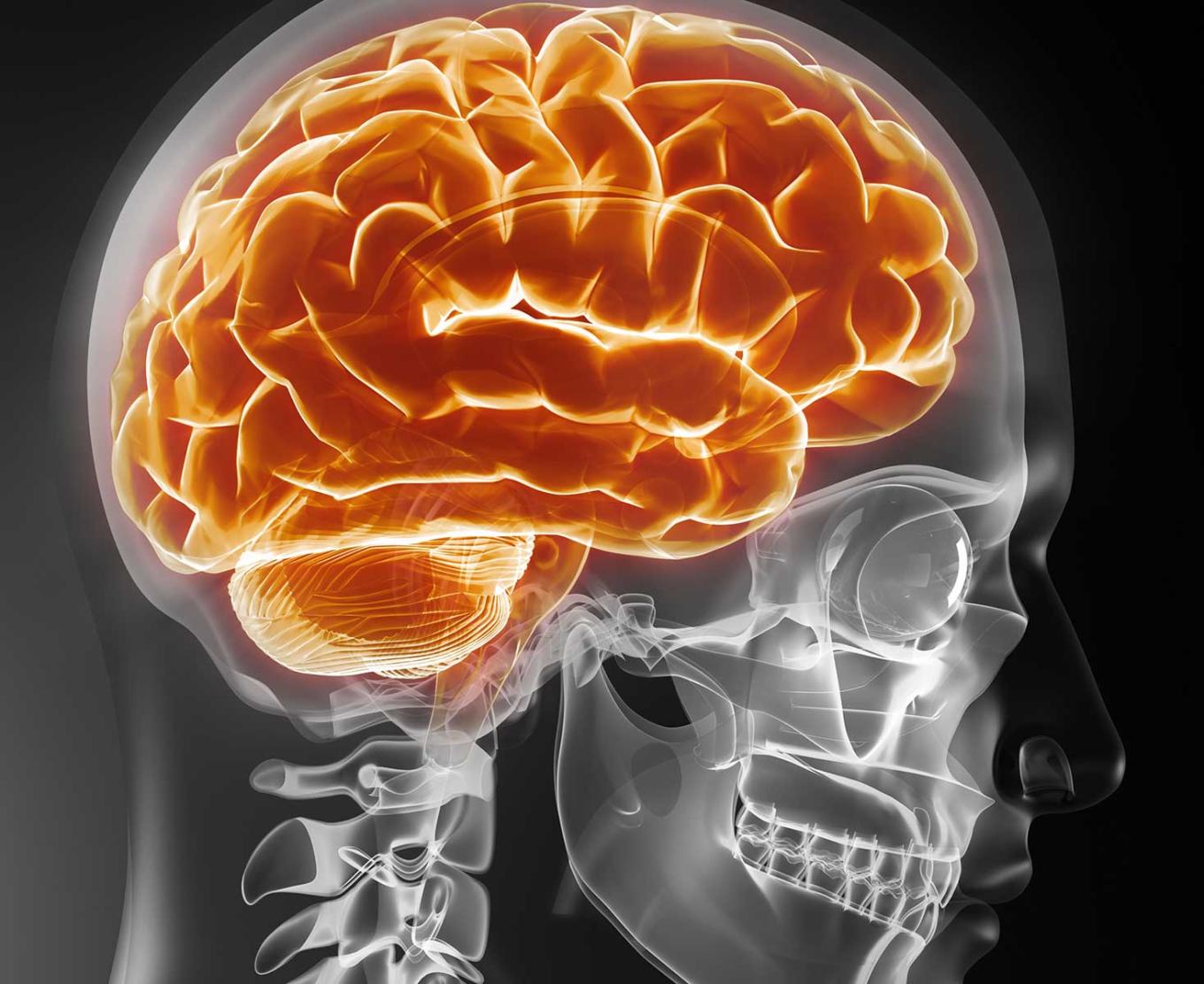How Can Brain Imaging Help Us Understand Mental Illness?
Brain imaging has revolutionized our understanding of mental illness. By allowing us to visualize the brain's structure and function, imaging techniques have provided valuable insights into the pathophysiology of mental disorders and have opened up new avenues for diagnosis and treatment.

Techniques In Brain Imaging
Structural Imaging
- Magnetic Resonance Imaging (MRI): MRI uses magnetic fields and radio waves to create detailed images of the brain's anatomy. It can detect abnormalities in brain structure, such as reduced brain volume or enlarged ventricles.
- Computed Tomography (CT) scans: CT scans use X-rays to create cross-sectional images of the brain. While less detailed than MRI, CT scans are faster and less expensive, making them useful for detecting brain injuries or tumors.
Functional Imaging
- Functional Magnetic Resonance Imaging (fMRI): fMRI measures changes in blood flow in the brain, which is an indirect measure of neural activity. It allows researchers to study brain activity during various tasks or mental states.
- Positron Emission Tomography (PET) scans: PET scans involve injecting a radioactive tracer into the bloodstream, which is then absorbed by active brain cells. PET scans can measure brain metabolism and neurotransmitter activity.
Brain Imaging Findings In Mental Illness
Schizophrenia
- Brain imaging studies have found abnormalities in brain structure and function in schizophrenia. These include reduced brain volume, enlarged ventricles, and altered connectivity between brain regions.
- Imaging findings have helped researchers understand the pathophysiology of schizophrenia, suggesting that the disorder involves disruptions in brain development and connectivity.
Depression
- Brain imaging studies have identified changes in brain volume and activity in depression. These include reduced volume in the hippocampus, a brain region involved in memory and emotion, and decreased activity in the frontal lobes, which are responsible for executive function and mood regulation.
- Imaging findings have also shown that brain activity patterns in depression can predict treatment response, suggesting that imaging may be useful in guiding treatment selection.
Bipolar Disorder
- Brain imaging studies have found structural abnormalities in bipolar disorder, including reduced volume in the amygdala, a brain region involved in emotion regulation, and the hippocampus.
- Imaging findings have also shown that brain activity patterns during mood episodes differ from those during euthymic periods, suggesting that these episodes involve distinct neural mechanisms.
Brain Imaging In Diagnosis And Treatment
Diagnostic Utility
- Brain imaging has the potential to be a valuable diagnostic tool for mental illness. However, there are challenges and limitations to using imaging for diagnosis, including the high cost and limited availability of imaging technology.
- Despite these challenges, brain imaging can be useful in diagnosing certain mental disorders, such as schizophrenia, where structural abnormalities are often present.
Treatment Planning And Monitoring
- Brain imaging can guide treatment selection and monitor treatment response in mental illness. For example, imaging can help identify patients who are likely to respond to a particular medication or psychotherapy.
- Imaging can also be used to monitor treatment response and track changes in brain structure and function over time.
Future Directions And Challenges
- Ongoing research is using brain imaging to understand mental illness. This includes studies investigating the neural mechanisms of mental disorders, developing new imaging techniques, and using imaging to predict treatment response and guide personalized treatment.
- Challenges in brain imaging research include the need for longitudinal studies with larger sample sizes, as well as addressing ethical and privacy concerns related to brain imaging in mental health.
Brain imaging has made significant contributions to our understanding of mental illness. By providing insights into the brain's structure and function, imaging techniques have helped researchers identify abnormalities associated with mental disorders and have opened up new avenues for diagnosis and treatment. As brain imaging technology continues to advance, we can expect even greater insights into the causes and mechanisms of mental illness, leading to more effective treatments and improved outcomes for patients.
YesNo

Leave a Reply